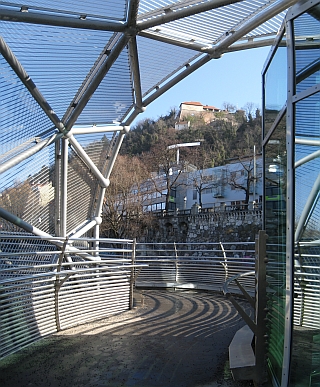Sustainable Design Through Interoperability: BIM and Energy Analysis Programs, a Case Study
Palavras-chave:
BIM, energy analysis, interoperability, Autodesk Revit, IES <VE>, sustainable design toolResumo
Building information modeling (BIM) is being marketed as one possible solution in providing architects a tool to help with sustainable design, a descriptive building component tool that would provide the missing link between CAD programs and performative energy analysis programs. The intent of this study was to assess whether BIM software was robust enough to allow seamless interoperability of its building model with the analytical model. The BIM software used for the study was Autodesk Revit MEP [AUTODESK] and for energy analysis IES [IES] was chosen because of its integration with Revit MEP. The other part of the study improved upon the MEP-IES interface by building a Revit template file, designed as a “patch” to address the gap between these programs. This template file defined a set of Revit MEP families that derived their values from the IES Apache construction database. This template file could be imported into a Revit project, making the BIM model more accurate and informative, when used in conjunction with IES .Downloads
Downloads
Publicado
Como Citar
Edição
Seção
Licença
Autores que publicam nesta revista concordam com os seguintes termos:
a) Autores mantém os direitos autorais e concedem à revista o direito de primeira publicação, com o trabalho simultaneamente licenciado sob a Licença Creative Commons Attribution que permite o compartilhamento do trabalho com reconhecimento da autoria e publicação inicial nesta revista.
b) Autores têm autorização para assumir contratos adicionais separadamente, para distribuição não-exclusiva da versão do trabalho publicada nesta revista (ex.: publicar em repositório institucional ou como capítulo de livro), com indicação de que foi publicado originalmente nesta revista, com link para o artigo.








 Todo o conteúdo de Cadernos de Pós-Graduação em Arquitetura e Urbanismo está licenciado sob
Todo o conteúdo de Cadernos de Pós-Graduação em Arquitetura e Urbanismo está licenciado sob 